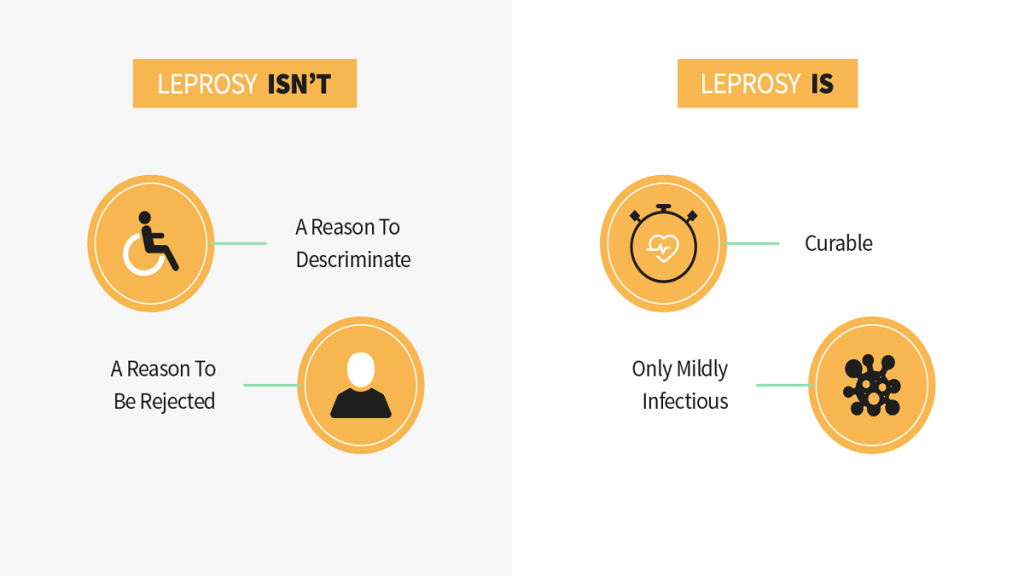When her fingers started to tighten and pain, Rahima Begum (pseudonym), a tea-picker from Sylhet, saw the discolored patch of flesh on her left hand. While working at the tea plantation, picking leaves has grown difficult for her.
The vast tea estates of Sylhet in the north-east of the country, which employ some 600,000 people, primarily women from minority groups, are said to have the highest rate of leprosy in the entire globe, according to the Leprosy Mission, a charity that operates in ten African and Asian nations.
Leprosy affects someone in the majority of families. The report further said that it has a prevalence rate of up to 15 cases per 10,000 individuals, as opposed to less than one case per 10,000 people in the rest of the nation.
Alice Cruz, the UN’s special rapporteur on eradicating leprosy prejudice, issued a warning of having some unreported cases of other diseases than only leprosy.
In 1998, the World Health Organization declared leprosy to have been completely eradicated in Bangladesh, although this did not mean there were no longer any illnesses. According to the same organization, Bangladesh now stands as the fifth-highest leprosy-affected country in the world.
The existence of this disease is due to a number of factors. The WHO’s announcement is one of them, but how? According to the experts, A serious dearth of funds and resources has been present since the WHO proclaimed leprosy extinct in Bangladesh, thus causing leprosy still there in the country.
One of the most overlooked diseases in the world is leprosy. Airborne moisture droplets disperse it. Tea pickers are especially susceptible to infection because they typically live in cramped quarters in simple corrugated-iron huts on the estates and lack access to adequate food, sanitary facilities, and healthcare.
Drugs can slow the spread of the disease, but they cannot make disabled people healthy again. Bangladesh has promised to end the disease by 2030.
